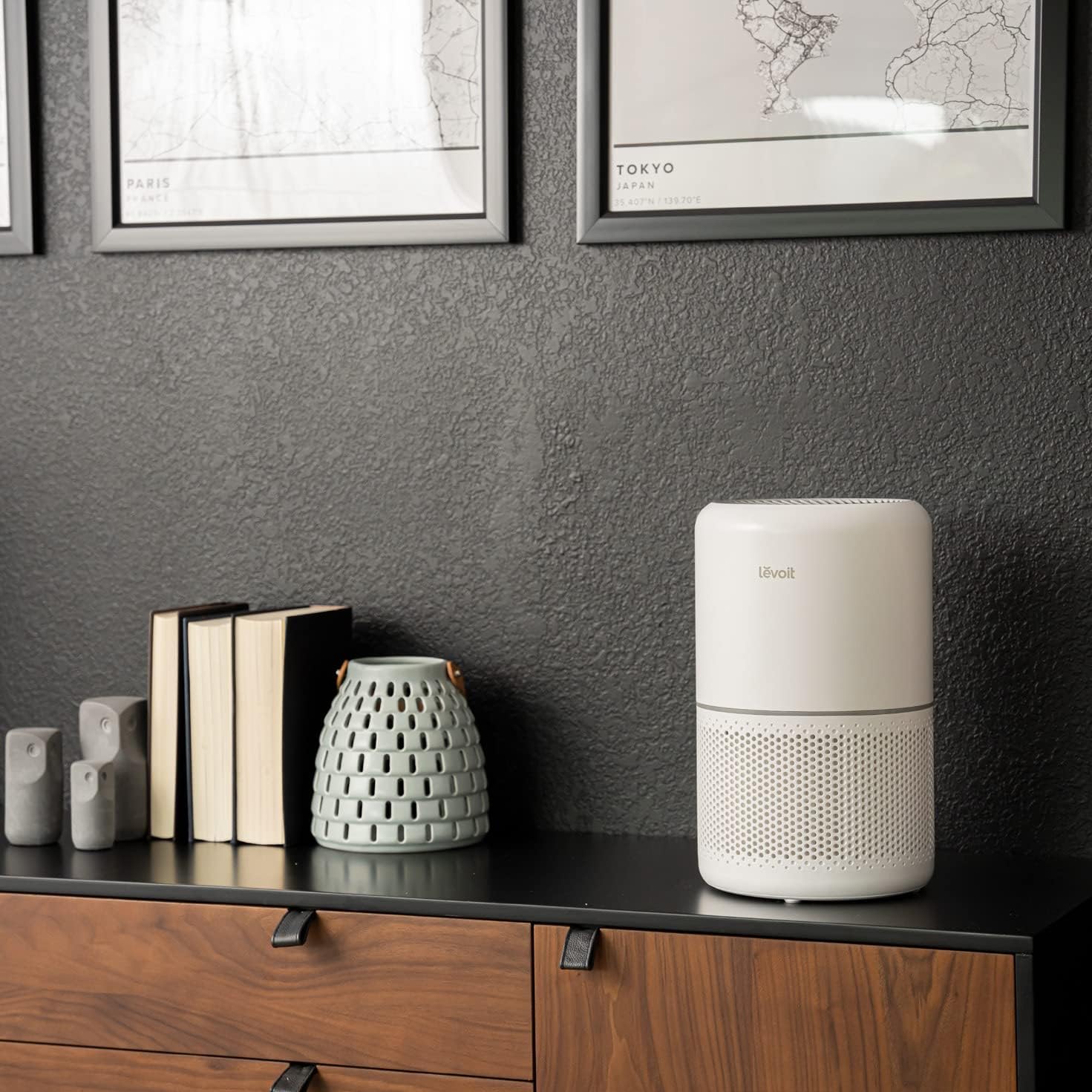

Articles
What Does An Air Purifier Do?
Modified: January 19, 2024
Discover the benefits of using an air purifier to improve indoor air quality. Find informative articles and tips for choosing the right air purifier for your needs.
(Many of the links in this article redirect to a specific reviewed product. Your purchase of these products through affiliate links helps to generate commission for Storables.com, at no extra cost. Learn more)
Introduction
Indoor air quality is becoming an increasing concern for many people, especially in urban areas where pollution levels are high. With the rise in respiratory problems and allergies, it is vital to take measures to ensure clean and healthy air in our homes and offices. This is where air purifiers come into play.
An air purifier is a device designed to remove contaminants from the air and improve the overall air quality. It works by trapping airborne particles like dust, pollen, pet dander, and smoke, as well as eliminating odors and harmful gases. With their advanced filtration systems and various technologies, air purifiers have become an effective solution to combat indoor air pollution.
In this article, we will delve into the world of air purifiers and explore their functionality, types, common features, benefits, and more. Whether you are considering purchasing an air purifier or simply want to learn more about them, this guide will provide you with the essential information you need.
Key Takeaways:
- Air purifiers use advanced filtration and technology to effectively remove pollutants, allergens, and odors from indoor air, promoting better respiratory health and overall well-being.
- Choosing the right air purifier involves considering room size, specific needs, filtration efficiency, noise levels, and maintenance requirements, ensuring optimal performance and long-term benefits.
Read more: What Size Air Purifier Do I Need
How Does an Air Purifier Work?
An air purifier functions by using a combination of filtration and other technologies to purify the air. Let’s take a closer look at how these devices work:
1. Filtration: The primary method used by air purifiers is filtration. Most air purifiers have a filter system consisting of multiple layers to capture particles of different sizes. These filters can be made of materials such as synthetic fibers, activated carbon, or even a combination of both.
As air flows through the purifier, the filters trap particles such as dust, pollen, mold spores, pet dander, and other allergens. The size of the particles captured depends on the efficiency of the filter. High-efficiency particulate air (HEPA) filters, for example, can capture particles as small as 0.3 microns with an efficiency of 99.97%.
2. Activated Carbon: Many air purifiers also use activated carbon filters to adsorb and eliminate odors, chemicals, and gases. Activated carbon is highly porous and has a large surface area that can trap and neutralize odorous molecules and volatile organic compounds (VOCs).
3. UV-C Light: Some air purifiers incorporate ultraviolet germicidal irradiation (UV-C) technology. UV-C light is used to kill or inactivate bacteria, viruses, and other microorganisms that may be present in the air. When the air passes through the purifier, the UV-C light helps to destroy these harmful pathogens.
4. Ionizers: Ionizers release negatively charged ions into the air, which attach to positively charged particles such as dust and allergens. This causes the particles to become heavy and settle on surfaces, making it easier to remove them. Ionizers can be an additional feature in some air purifiers.
5. Ozone Generators: It is important to note that not all air purifiers use ozone generators. Ozone generators are designed to produce ozone, which can oxidize and eliminate odors and chemicals. However, high levels of ozone can be harmful to human health, so it is crucial to use ozone-generating air purifiers in well-ventilated areas or in accordance with the manufacturer’s instructions.
By combining these technologies, air purifiers effectively remove pollutants and allergens from the air, providing cleaner and healthier indoor environments for individuals with allergies, asthma, and other respiratory conditions. Furthermore, air purifiers help to reduce the presence of dust and pet hair, eliminate cooking odors, and improve overall air freshness.
Now that we understand how air purifiers work, let’s explore the different types available in the market.
Types of Air Purifiers
Air purifiers come in various types, each utilizing different technologies to purify the air. Here are some of the most common types of air purifiers:
1. HEPA Air Purifiers: HEPA (High-Efficiency Particulate Air) purifiers are one of the most popular types. They use a dense, fine mesh filter to capture particles as small as 0.3 microns. HEPA filters can effectively remove allergens, dust mites, pollen, pet dander, and other airborne particles.
2. Activated Carbon Air Purifiers: Activated carbon filters are commonly used to remove odors, chemicals, and volatile organic compounds (VOCs) from the air. These purifiers are great for eliminating cooking smells, pet odors, and tobacco smoke.
3. UV-C Air Purifiers: UV-C air purifiers use ultraviolet light to kill bacteria, viruses, and other microorganisms in the air. The UV-C light disrupts the DNA of these pathogens, rendering them harmless. These purifiers are particularly beneficial in areas where airborne germs are a concern, such as hospitals and clinics.
4. Ionizing Air Purifiers: Ionizing purifiers release negative ions into the air, which attach to positively charged particles like dust and allergens. This causes the particles to become heavy and fall to the ground or attach to surfaces. Ionizing purifiers can also help to neutralize airborne mold spores and eliminate static electricity.
5. Ozone Generators: Ozone generators are designed to produce ozone, which chemically reacts with and eliminates odors and chemicals in the air. However, ozone generators should be used with caution, as high levels of ozone can be harmful to human health.
6. Electrostatic Precipitators: Electrostatic precipitators use an electric charge to remove particles from the air. As air passes through the purifier, the charged plates attract particles and collect them. These purifiers are effective at capturing larger particles but may not be as efficient with smaller particles.
7. Hybrid Air Purifiers: Some air purifiers combine multiple technologies, such as HEPA filtration, activated carbon, UV-C, or ionization, to offer comprehensive air purification. These hybrid purifiers provide a more thorough and effective method of removing a wide range of airborne pollutants.
It’s important to consider your specific needs and the air quality concerns in your environment when choosing an air purifier. Factors such as room size, filtration efficiency, noise levels, and maintenance requirements should also be taken into account.
Now that we’ve explored the different types of air purifiers, let’s move on to the common features found in these devices.
Common Features of Air Purifiers
Air purifiers come with a variety of features that enhance their functionality and improve the air purification process. Here are some of the common features you can find in air purifiers:
1. Multiple Filtration Layers: Most air purifiers employ a multi-stage filtration system, consisting of pre-filters, HEPA filters, activated carbon filters, and sometimes additional specialized filters. These layers work together to capture different types and sizes of airborne particles, allergens, and odors.
2. Air Quality Sensors: Some advanced air purifiers are equipped with air quality sensors. These sensors can detect the levels of pollutants in the air and automatically adjust the purification settings accordingly. This allows the purifier to operate more efficiently and provide real-time feedback on the air quality.
3. Adjustable Fan Speeds: Air purifiers often come with multiple fan speed settings. This feature allows you to customize the purification process based on the air quality and your preferences. You can choose a lower speed for low-pollution periods or a higher speed for faster air cleaning.
4. Timer Function: Many air purifiers have a timer function that allows you to set a specific duration for the device to run. This feature can be helpful for saving energy and ensuring the purifier operates when you need it the most, such as during the night or when you’re away from home.
5. Filter Replacement Indicators: To maintain optimal air purification, filters need to be replaced periodically. Air purifiers with filter replacement indicators will notify you when it’s time to change the filters based on their usage and lifespan. This ensures that you don’t forget to replace the filters and maintain the purifier’s effectiveness.
6. Quiet Operation: Noise levels can be a concern, especially if you plan to use the air purifier in bedrooms or offices. Many models are designed to operate quietly, with noise-reducing features such as insulated walls, noise-absorbing materials, or silent fan motors.
7. Portable and Compact Design: Air purifiers come in various sizes and designs to suit different needs and room sizes. Some models are compact and portable, allowing you to move them around as needed or take them with you when traveling.
8. Energy Efficiency: Energy efficiency is an important consideration for environmentally-conscious users. Look for air purifiers that are Energy Star certified or have low power consumption ratings, as they will help reduce electricity usage and save on energy costs.
These are just a few of the common features you can find in air purifiers. It’s important to evaluate your specific requirements and preferences when selecting an air purifier for your space. Let’s now move on to the benefits of using an air purifier.
Benefits of Using an Air Purifier
Using an air purifier can provide a wide range of benefits for you and your home or office environment. Here are some of the key advantages of using an air purifier:
1. Improved Indoor Air Quality: The primary benefit of using an air purifier is that it helps to improve indoor air quality. By removing airborne particles like dust, pet dander, pollen, and mold spores, air purifiers reduce the risk of respiratory issues, allergies, and asthma attacks.
2. Allergen Reduction: Airborne allergens can cause continuous discomfort for individuals with allergies. Air purifiers that utilize HEPA filtration can effectively capture and remove allergens, providing relief from symptoms and improving overall well-being.
3. Odor Elimination: Air purifiers with activated carbon filters are excellent at eliminating odors. They can effectively remove unpleasant smells from cooking, pets, tobacco smoke, and other sources, leaving your space smelling fresh and clean.
4. Health Benefits: Clean air is crucial for maintaining good health. Air purifiers can help reduce the exposure to harmful chemicals, volatile organic compounds (VOCs), and other pollutants that can contribute to respiratory problems, cardiovascular issues, and other health concerns.
5. Better Sleep: Breathing clean air while you sleep can promote better sleep quality. Air purifiers remove particles and irritants from the air, helping to reduce snoring, congestion, and other disturbances that can disrupt sleep patterns.
6. Reduced Asthma Triggers: For individuals with asthma, air purifiers can be instrumental in creating a safe and comfortable environment. By removing asthma triggers like dust mites, pet dander, and pollen, air purifiers help to minimize asthma attacks and breathing difficulties.
7. Enhanced Productivity: Cleaner air can have a positive impact on productivity levels. By reducing air pollutants, air purifiers can help improve focus, concentration, and overall cognitive function, leading to increased productivity and better work performance.
8. Protection for Vulnerable Individuals: Elderly individuals, children, and those with weakened immune systems are more susceptible to the adverse effects of air pollution. Air purifiers provide an extra layer of protection by creating a cleaner and healthier living environment for these vulnerable individuals.
9. Pet-Friendly Spaces: If you have pets, you’re probably familiar with pet dander and odors. Air purifiers can effectively remove pet-related allergens and odors, ensuring a comfortable and odor-free space for both you and your furry friends.
10. Peace of Mind: Using an air purifier gives you peace of mind, knowing that you’re taking proactive steps to improve the air quality in your home or office. It can provide a sense of comfort, especially if you live in areas with high pollution levels or have specific air quality concerns.
Remember, the effectiveness of an air purifier depends on factors such as room size, air flow, and the specific pollutants present. Regular maintenance, including filter replacement and proper cleaning, is also essential to maintain optimal performance. With the right air purifier, you can enjoy cleaner, fresher air and reap the numerous benefits it offers.
Now that we understand the benefits of using an air purifier, let’s move on to the next section, which covers tips for choosing the right air purifier for your needs.
An air purifier helps to remove airborne particles such as dust, pollen, pet dander, and smoke from the air, improving indoor air quality and reducing allergy symptoms. Regular maintenance is important to ensure optimal performance.
Read more: What Is An Air Purifier
Choosing the Right Air Purifier for Your Needs
With so many options available in the market, choosing the right air purifier can seem overwhelming. However, by considering a few key factors, you can find a purifier that suits your specific needs. Here are some tips to help you choose the right air purifier:
1. Identify Your Specific Needs: Start by identifying your main concerns. Are you primarily concerned about allergies, asthma triggers, or odors? Knowing your specific needs will help you narrow down your options and choose a purifier that targets your specific concerns.
2. Consider Room Size: Most air purifiers specify the maximum room size they can effectively purify. Measure the square footage of the room or area where you plan to use the purifier and ensure it is suitable for the purifier’s coverage area.
3. Look for HEPA Filtration: HEPA filters are highly effective in removing a wide range of airborne particles, including allergens, dust, and pet dander. Look for air purifiers with true HEPA filters, as they meet the strict standards set by the U.S. Department of Energy.
4. Check the CADR Rating: CADR (Clean Air Delivery Rate) is a measure of how quickly and effectively an air purifier can clean the air of specific particles, including smoke, pollen, and dust. Look for a purifier with a higher CADR rating to ensure faster and more efficient air purification.
5. Consider Noise Levels: If you plan to use the air purifier in a bedroom or office, noise levels can be an important consideration. Look for purifiers with lower decibel (dB) ratings or those that offer a quiet or sleep mode to ensure undisturbed peace and quiet.
6. Check Filter Replacement Costs: Air purifiers require regular filter replacements to maintain optimal efficiency. Consider the cost and availability of replacement filters when choosing a purifier to avoid any surprises down the line.
7. Evaluate Additional Features: Some air purifiers come with extra features that can enhance their functionality and convenience. These may include air quality sensors, smart controls, programmable timers, and remote controls. Assess which features are important to you and choose accordingly.
8. Read Reviews: Reading customer reviews and expert recommendations can provide valuable insights into the performance, durability, and reliability of different air purifiers. Look for reviews from reputable sources to make an informed decision.
9. Consider Energy Efficiency: Energy-efficient air purifiers consume less energy, reducing the environmental impact and saving on electricity costs in the long run. Look for models that are Energy Star certified or have low power consumption ratings.
10. Consider your Budget: Finally, determine your budget for an air purifier. While it’s good to invest in a high-quality purifier, consider the long-term costs, including filter replacements and maintenance, to ensure it aligns with your budget.
By considering these factors, you can make an informed decision and choose an air purifier that meets your specific needs and preferences. Remember, regular maintenance and proper usage are key to maximizing the effectiveness and longevity of your air purifier.
Now that you have selected and purchased your air purifier, let’s move on to the next section, which covers maintenance and care tips to ensure its optimal performance.
Maintenance and Care of Air Purifiers
To ensure that your air purifier continues to work effectively and efficiently, proper maintenance and care are essential. Here are some tips to help you maintain and care for your air purifier:
1. Read the Manufacturer’s Instructions: Start by thoroughly reading the manufacturer’s instructions and follow their specific guidelines for maintenance and care. Each air purifier may have different requirements, so it’s important to familiarize yourself with the instructions provided.
2. Regularly Clean the Filters: Most air purifiers have filters that require regular cleaning or replacement. Follow the manufacturer’s recommendations for cleaning or replacing the filters. Some filters may be reusable and washable, while others may need to be replaced periodically.
3. Replace Filters on Time: It’s important to replace filters as per the manufacturer’s recommended schedule. Overused or clogged filters may restrict airflow and reduce the effectiveness of the air purifier. Regularly checking and replacing filters will ensure optimal performance.
4. Clean the Exterior: Dust and dirt can accumulate on the exterior of the air purifier. Wipe down the exterior with a soft, damp cloth to remove any dirt or dust particles. Avoid using harsh cleaning agents, as they may damage the surface of the purifier.
5. Keep the Area Surrounding the Purifier Clean: To prevent the purifier from circulating dust and debris, keep the area around the purifier clean. Regularly dust and vacuum the room to minimize the accumulation of particles that could be circulated by the air purifier.
6. Check and Clean Ventilation Openings: Inspect the ventilation openings of the air purifier regularly and remove any accumulated dust or debris. This will help ensure proper airflow and prevent the purifier from overheating.
7. Avoid Blocking the Airflow: Ensure that you don’t block the airflow by placing objects or furniture near the air purifier. Proper airflow is crucial for the effective circulation and purification of the air in the room.
8. Check and Clean the Pre-Filters: If your air purifier has pre-filters, check them regularly and clean or replace them as recommended by the manufacturer. Pre-filters help extend the lifespan of the primary filters by capturing larger particles before they reach the main filtration system.
9. Keep an Eye on the Indicators: Many air purifiers have indicator lights or alerts that notify you when it’s time to clean or replace filters. Pay attention to these indicators and take the necessary action in a timely manner.
10. Schedule Professional Servicing (if needed): If your air purifier requires professional servicing or maintenance, schedule it as recommended by the manufacturer or a qualified technician. Professional servicing can help identify and address any issues with the purifier’s functionality.
By following these maintenance and care tips, you can ensure that your air purifier continues to operate at its best, providing you with clean and fresh air. Remember that regular maintenance is key to maximizing the lifespan and effectiveness of your air purifier.
Now that you know how to properly maintain your air purifier, let’s move on to the next section, which covers frequently asked questions about air purifiers.
Frequently Asked Questions (FAQs) about Air Purifiers
1. Do air purifiers eliminate all types of pollutants?
Air purifiers are effective at removing many types of airborne pollutants, including dust, pollen, pet dander, and mold spores. However, they may be less effective at eliminating gases and chemicals. To target specific pollutants, choose an air purifier with the appropriate filtration technology.
2. Are air purifiers noisy?
The noise level of an air purifier can vary. Some models are designed to operate quietly, while others may produce some noise, especially at higher fan speeds. Look for air purifiers with noise-reducing features or a sleep mode if noise is a concern for you.
3. How often do air purifier filters need to be replaced?
Filter replacement frequency depends on several factors, including the type of filter, air quality, and usage. HEPA filters typically last for 6 to 12 months, while carbon filters may need replacement every 3 to 6 months. Refer to the manufacturer’s instructions for specific recommendations.
4. Can air purifiers help with pet allergies?
Air purifiers can be beneficial for pet allergies by capturing pet dander and reducing airborne allergens. Look for an air purifier with a HEPA filter to effectively capture pet allergens. Regular grooming and cleaning of pet areas are also recommended.
5. Can air purifiers remove cigarette smoke?
Air purifiers with activated carbon filters are effective at removing odors and chemicals, including cigarette smoke. Look for an air purifier specifically designed for smoke removal, preferably with a high-quality activated carbon filter.
6. Are air purifiers safe to use around children and pets?
Air purifiers are generally safe for use around children and pets, but it’s important to read and follow the manufacturer’s instructions. Some purifiers may produce ozone, which could be a concern if used improperly. Choose purifiers that meet safety standards and keep them out of reach of children.
7. Can air purifiers replace the need for ventilation?
Air purifiers are designed to improve indoor air quality by filtering and purifying the air. While they can help reduce pollutants, proper ventilation is also important to bring in fresh outdoor air. It’s recommended to have a balance between air purifiers and natural ventilation in your living space.
8. Can air purifiers help with COVID-19 (coronavirus) transmission prevention?
Air purifiers alone cannot completely prevent the transmission of COVID-19. However, air purifiers with HEPA filters can help capture respiratory droplets that may contain the virus. It’s important to follow guidelines provided by health authorities and maintain other preventive measures.
9. How much electricity does an air purifier consume?
The electricity consumption of an air purifier varies depending on the model and settings. Look for air purifiers with energy-efficient features or Energy Star certification, as they consume less electricity and can help save on energy costs.
10. Can air purifiers help with sleep quality?
Air purifiers can help improve sleep quality by removing allergens, reducing dust, and eliminating odors that may disturb sleep. Additionally, some air purifiers have a quiet or sleep mode, which operates at a lower noise level to provide a peaceful sleeping environment.
Remember to always refer to the manufacturer’s instructions and specific product information for accurate and detailed answers to your questions about air purifiers.
Now that we’ve covered some of the frequently asked questions, let’s conclude this guide on air purifiers.
Conclusion
Air purifiers play a crucial role in improving indoor air quality and creating a healthier living environment. By effectively filtering out airborne pollutants, allergens, and odors, air purifiers help to reduce the risks of respiratory issues, allergies, and other health concerns.
Throughout this guide, we have explored the functioning of air purifiers, including their filtration systems, different types, common features, and benefits. We’ve discussed how air purifiers work by trapping particles, eliminating odors, and using advanced technologies like UV-C light and ionizers.
Choosing the right air purifier requires consideration of room size, specific needs, filtration efficiency, noise levels, and maintenance requirements. Proper maintenance and care are crucial for optimizing the performance and longevity of air purifiers. Cleaning filters, keeping the unit clean, and following manufacturer instructions are essential steps in maintenance.
Air purifiers offer numerous benefits, including improved indoor air quality, reduced allergens, odor elimination, enhanced sleep quality, and protection for vulnerable individuals. These devices provide peace of mind, knowing that you are taking steps to create a healthier living environment for yourself and your loved ones.
Lastly, we addressed some frequently asked questions about air purifiers, covering topics such as the elimination of pollutants, noise levels, filter replacement, pet allergies, and COVID-19 transmission prevention.
In conclusion, air purifiers are a valuable investment for maintaining clean and fresh indoor air. They provide an effective solution to combat indoor air pollution, alleviate allergies, and create a healthier and more comfortable living space. By following the guidelines provided in this guide, you can choose the right air purifier for your needs, maintain it properly, and enjoy the benefits of clean, purified air.
Remember to refer to the manufacturer’s instructions and specific product information for detailed guidance on operating, maintaining, and troubleshooting your specific air purifier model.
Thank you for reading this comprehensive guide on air purifiers. Breathe easy and enjoy the clean air!
Frequently Asked Questions about What Does An Air Purifier Do?
Was this page helpful?
At Storables.com, we guarantee accurate and reliable information. Our content, validated by Expert Board Contributors, is crafted following stringent Editorial Policies. We're committed to providing you with well-researched, expert-backed insights for all your informational needs.
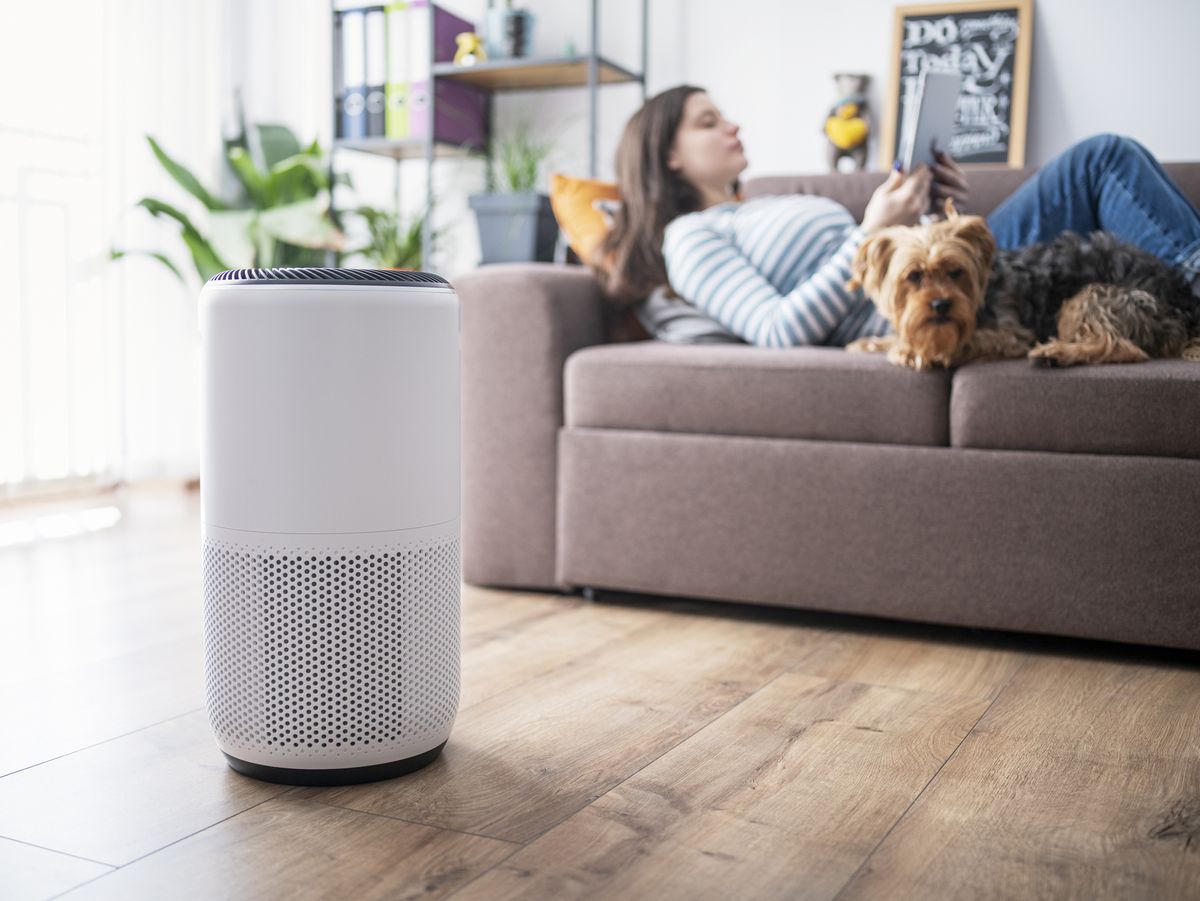
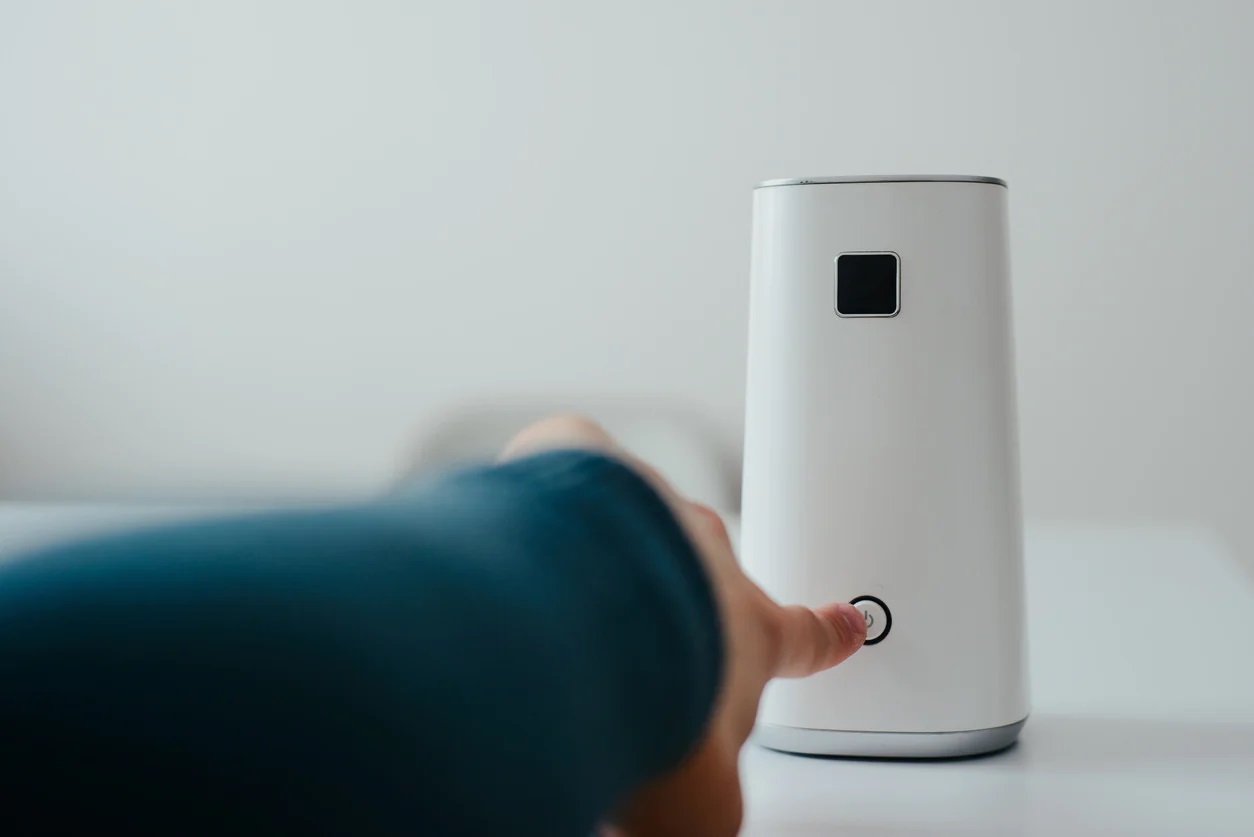
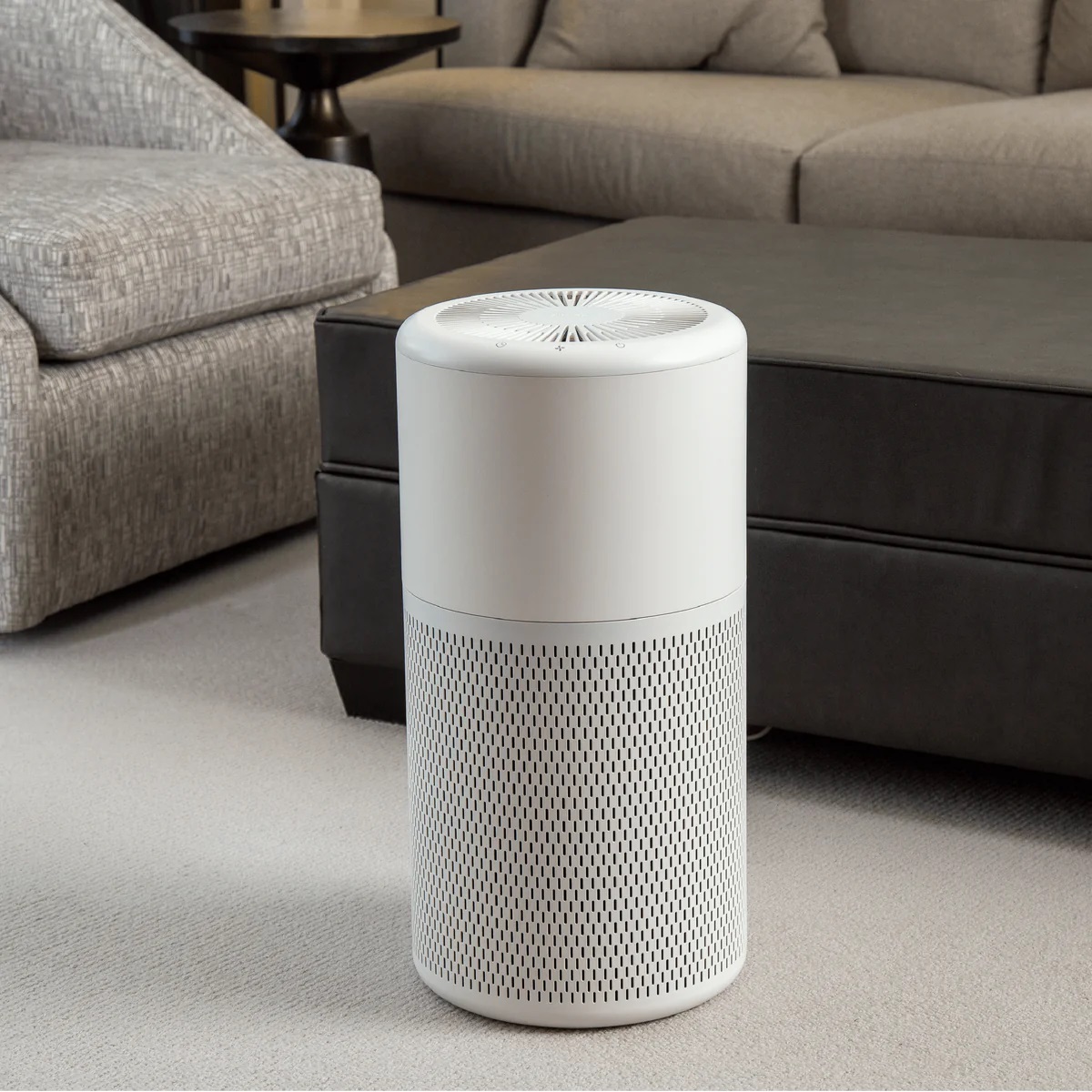
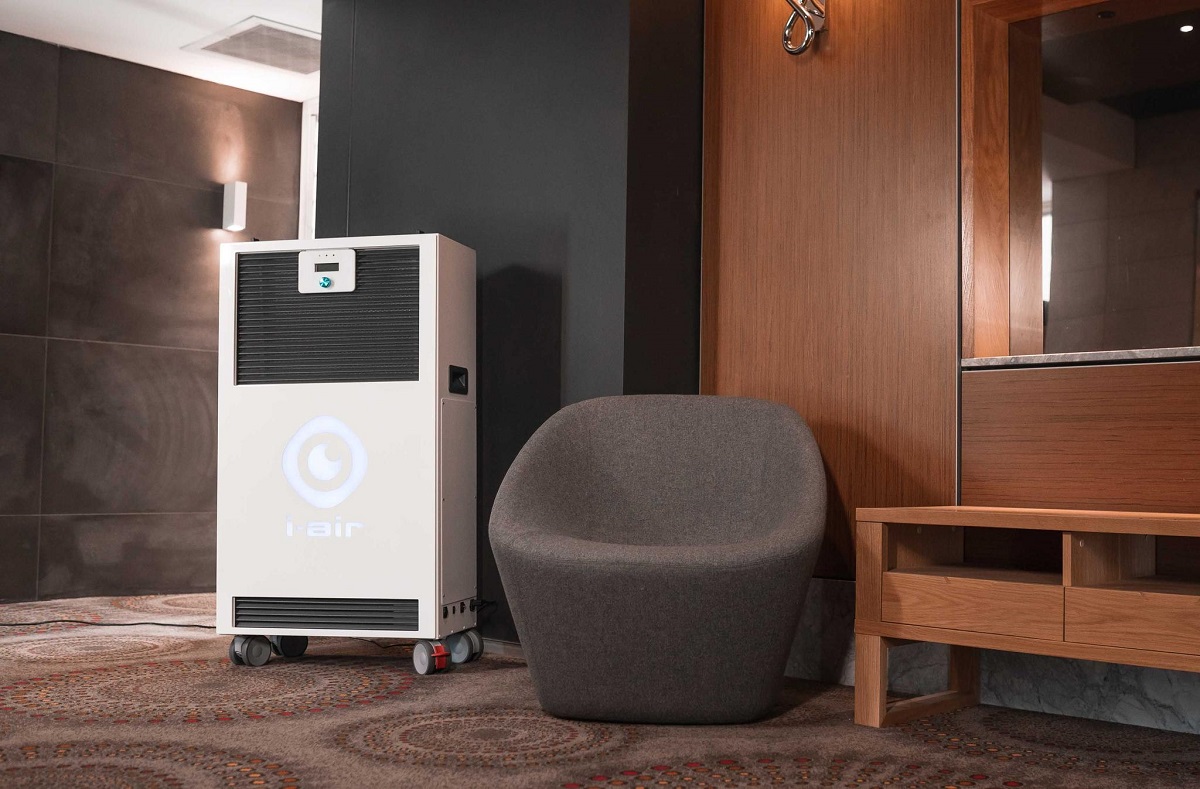

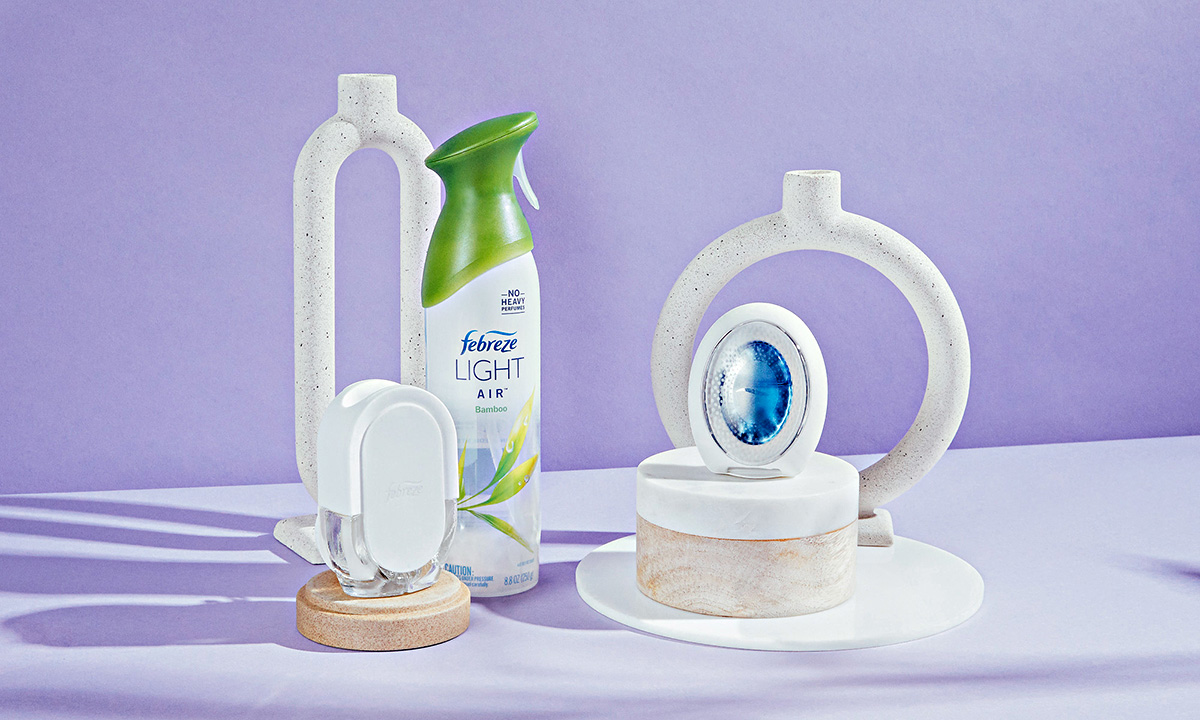
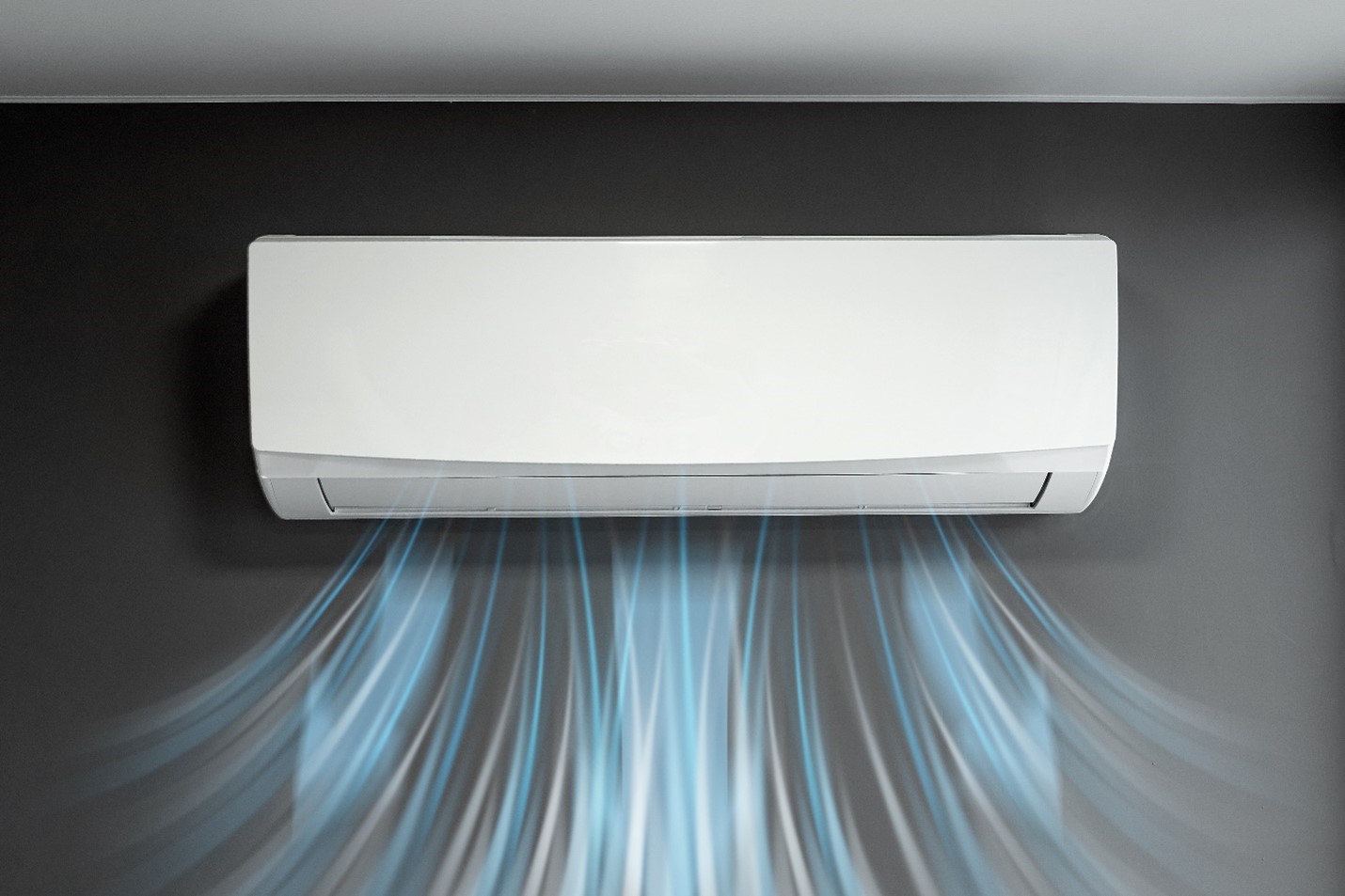
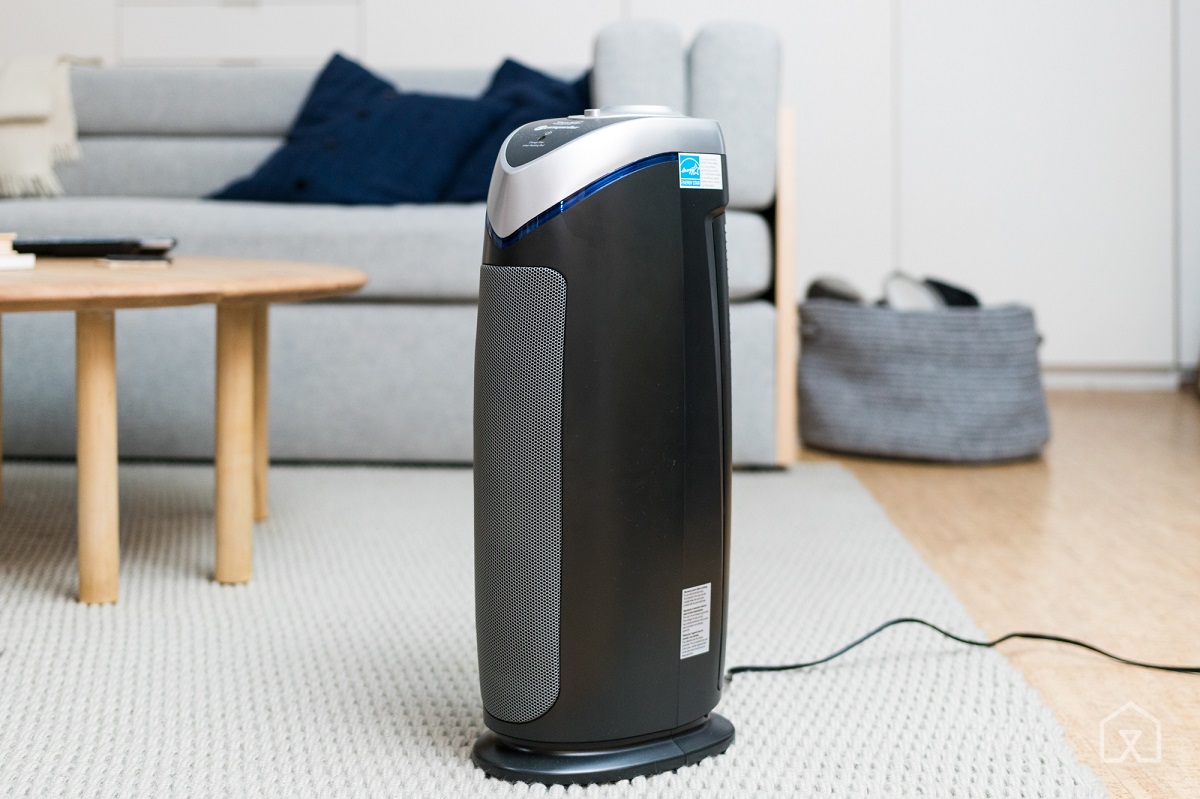
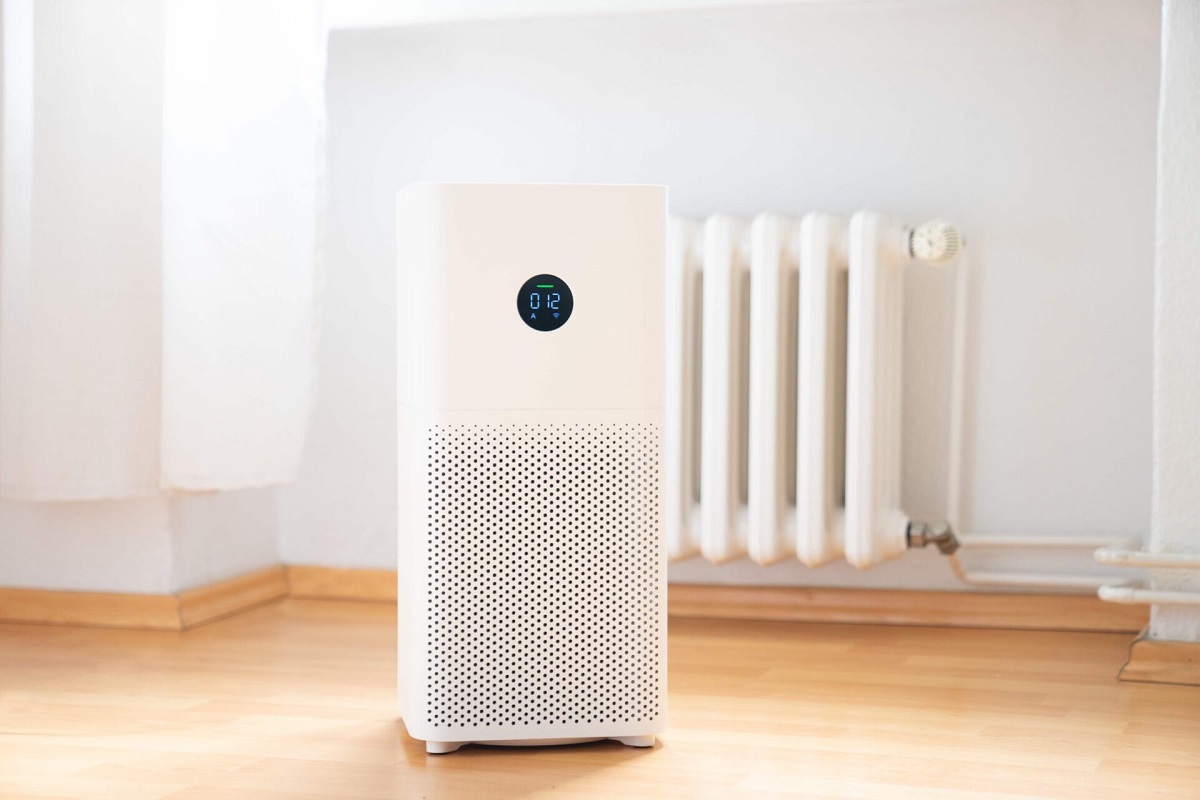
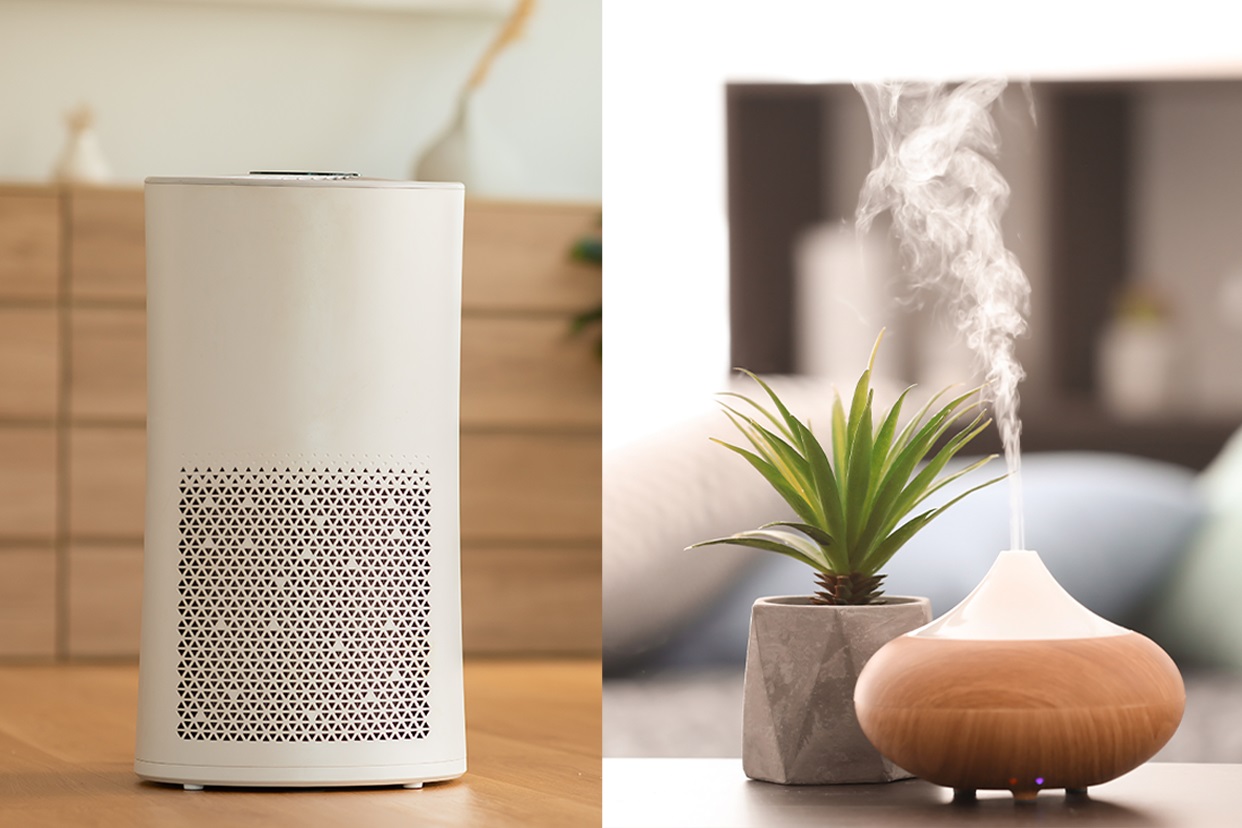
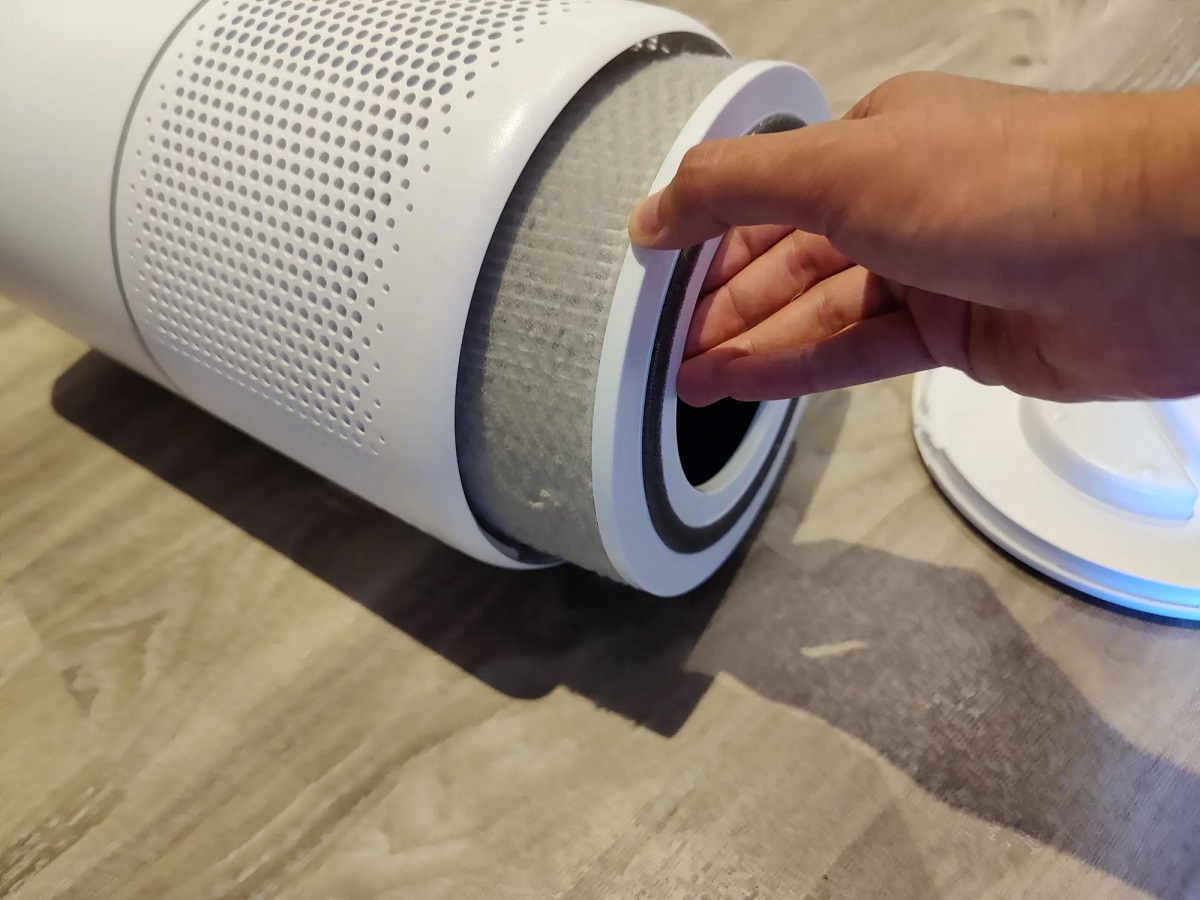
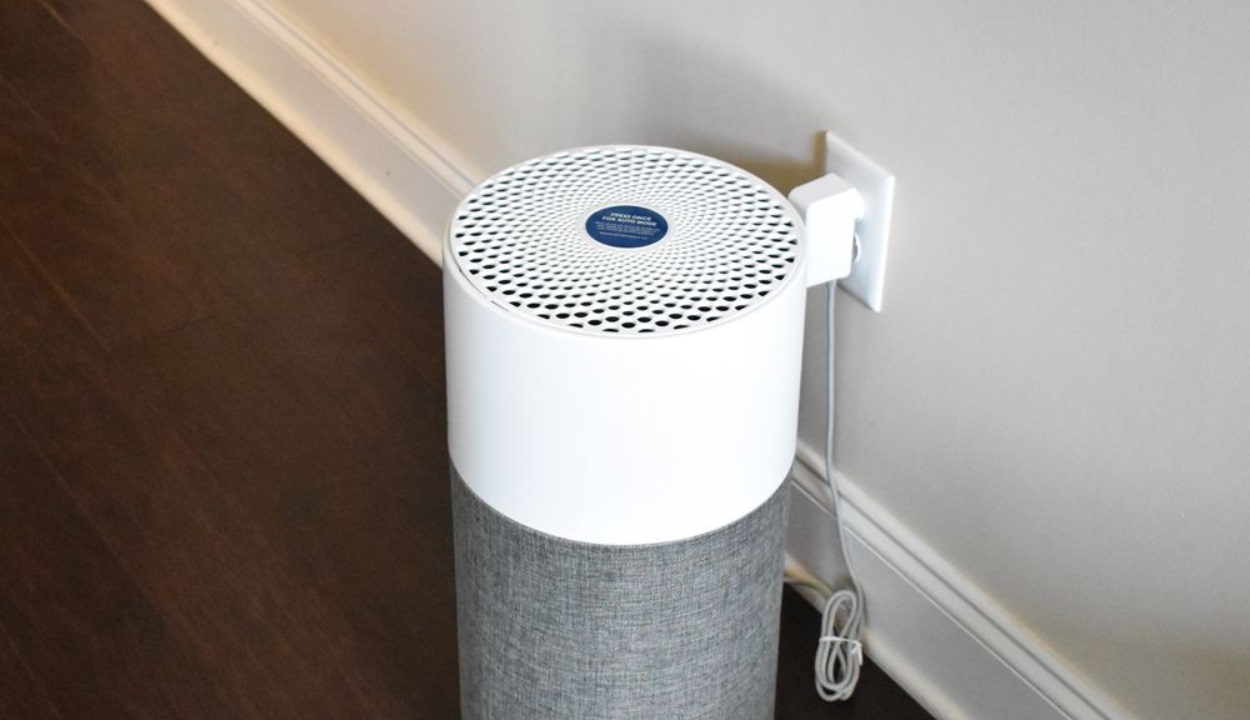
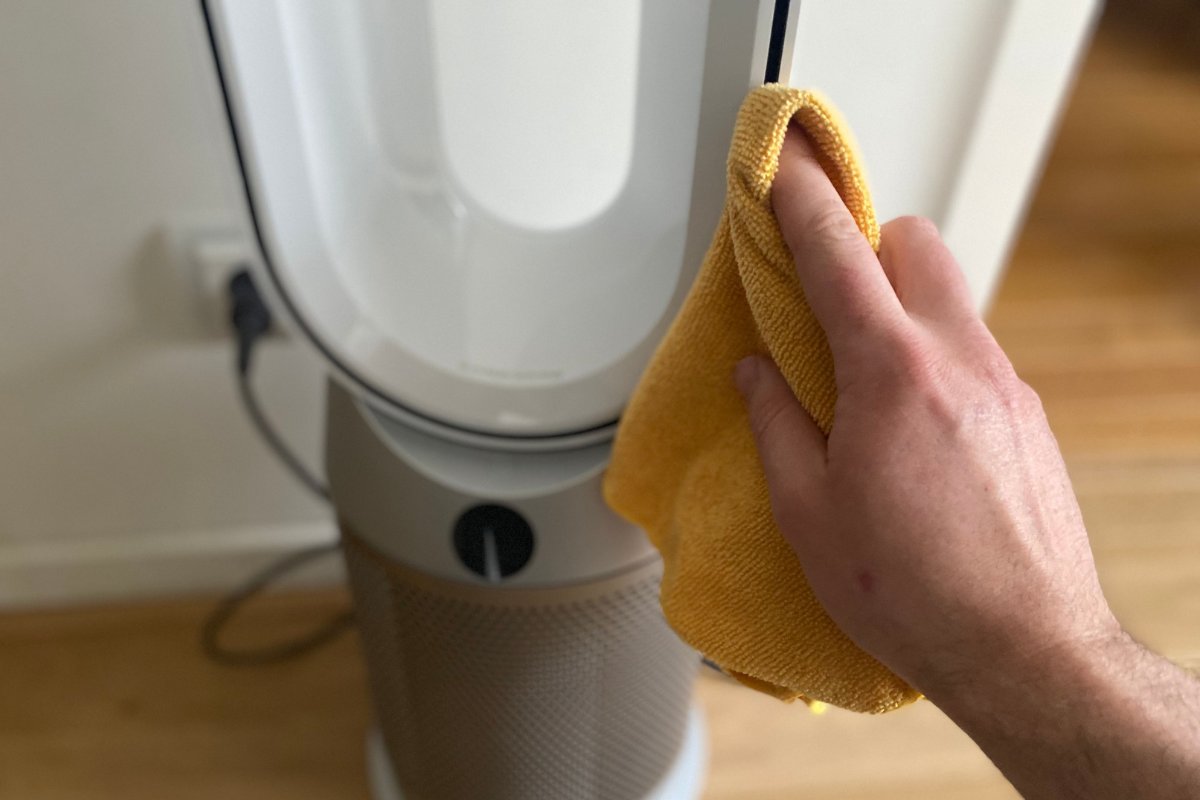
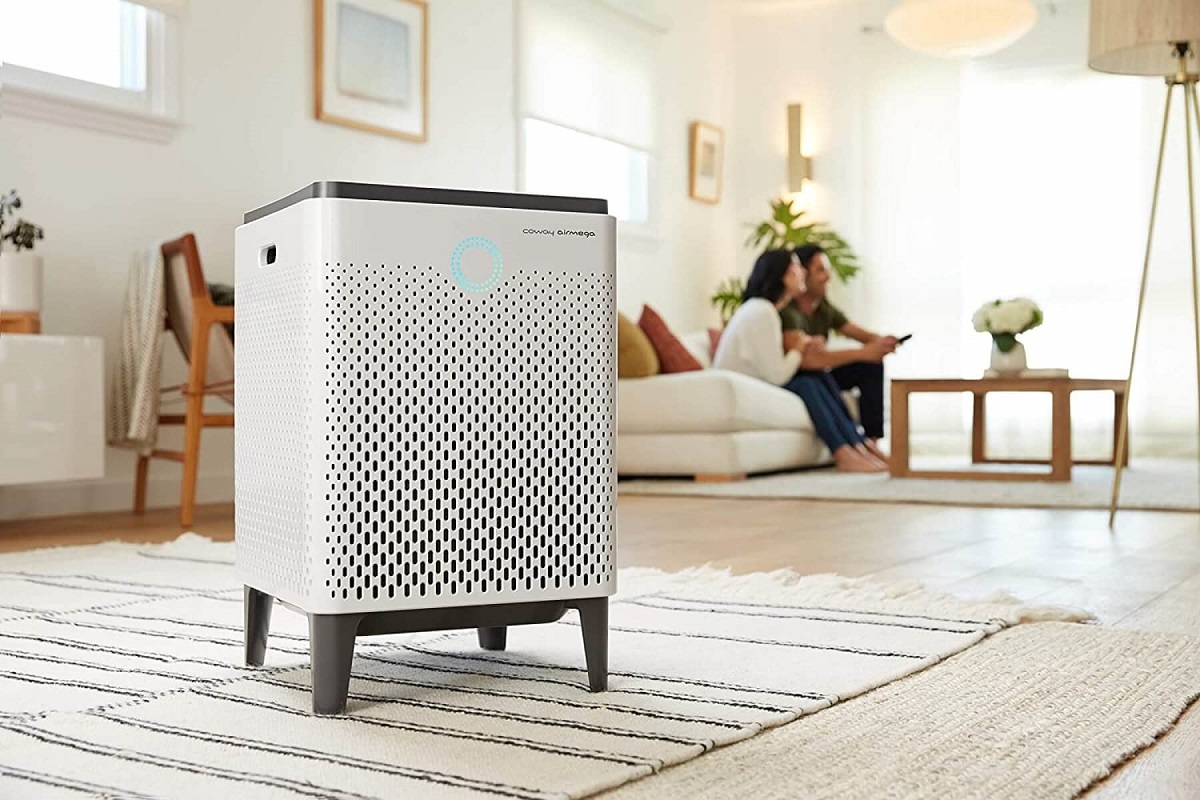

0 thoughts on “What Does An Air Purifier Do?”